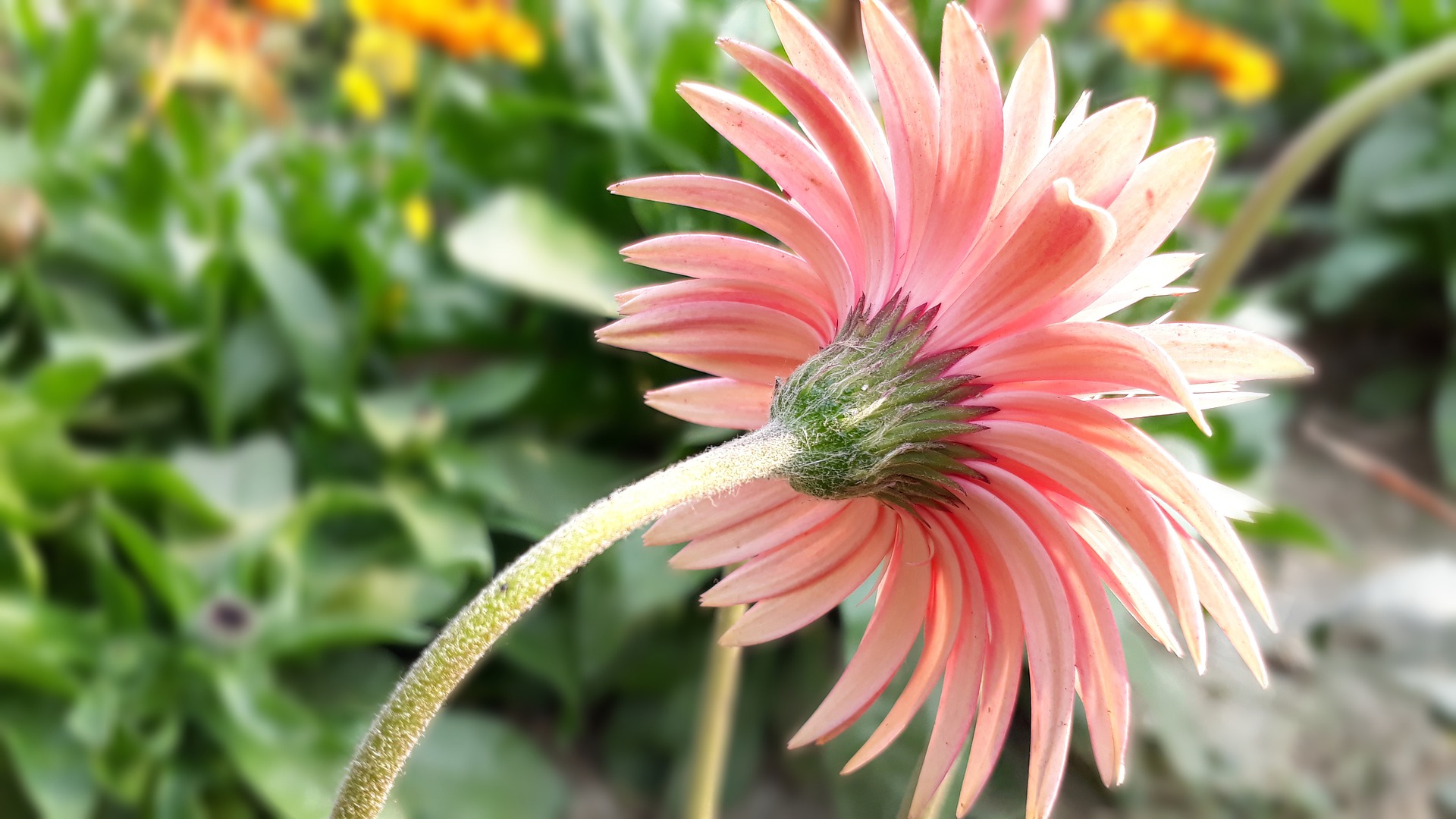When considering breast reconstruction, a woman is faced with a few options — she can
choose autologous reconstruction — which is the use of her own skin and tissue to
create a breast mound, implants, or go flat.
Recently, the recall of certain breast implants has made the news, as the FDA reported
their connection to 573 rare cases of anaplastic large cell lymphoma and 33 patient
deaths. As a result, the FDA asked Allergan to recall its BIOCELL textured breast
implants and tissue expanders and they obliged.
We are sure that this news is upsetting and leaves questions in the mind of patients
who wonder about implants and their safety, as well as the choice they should make for
their own breast reconstruction procedure.
At The Center for Natural Breast Reconstruction, we educate our patients on the
differences between all types of procedures and their risks, but our emphasis has
always been on autologous reconstruction. Here’s a little about each autologous
procedure that we do:
DIEP flap: This is the most popular type of perforator flap reconstruction due to its high
success rate and its ability to reconstruct the breast without the patient having to
sacrifice much needed abdominal muscles. In addition to reconstructing the breast, the
contour of the abdomen is often improved – much like a tummy tuck.
GAP flap: Similar to the DIEP, tissue is taken from the buttock area instead of the
stomach.
PAP flap: The Profunda Artery Perforator Flap (PAP) utilizes the tissue of the upper
thigh just below the buttock to reconstruct the breast following mastectomy.
So now that you know the difference between each procedure, why should you choose
autologous reconstruction over implants?
● Autologous reconstruction lasts a lifetime: Breast reconstruction using tissue
from someplace else on your body will last a lifetime. There is nothing synthetic
that can break or cause illness or other major issues. On the other hand,
implants will normally have to be replaced between 10 and 20 years.
● Breasts made by autologous reconstruction feels more natural: When your
breasts are reconstructed, you want them to feel just like your old breasts.
Implants do not always feel real, but since the tissue on your belly, buttocks, and
upper thighs is very similar to your breast tissue, it makes for a good, more
natural substitute.
Deciding what kind of procedure is best for you is a big decision. The best thing to do is
to gather all of your facts, talk with your doctor and your surgeon and weigh all of the
pros and cons before deciding on what’s right for you.


 This week, James E. Craigie, MD, of The Center for Natural Breast Reconstruction answers your question.
This week, James E. Craigie, MD, of The Center for Natural Breast Reconstruction answers your question.









